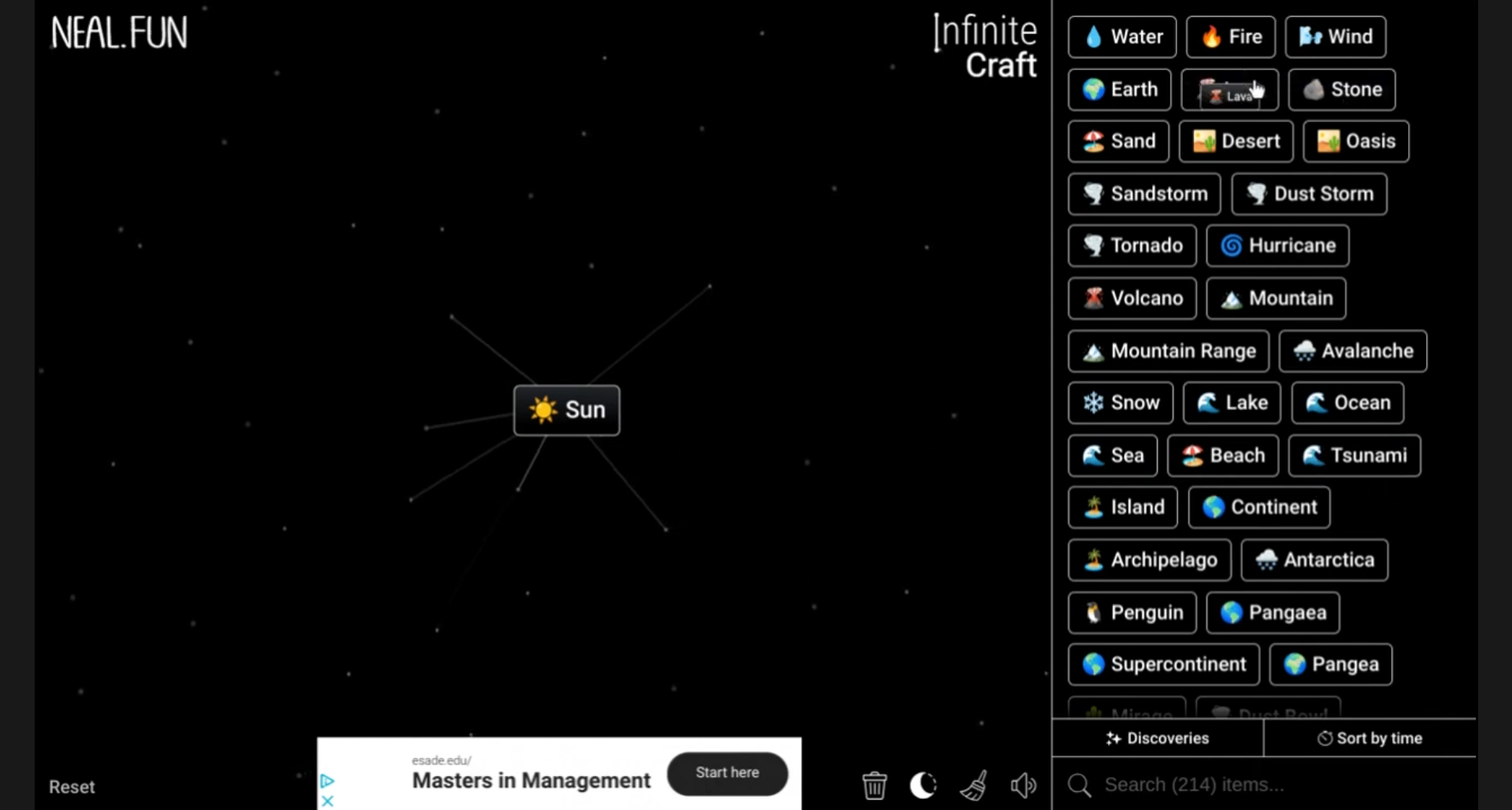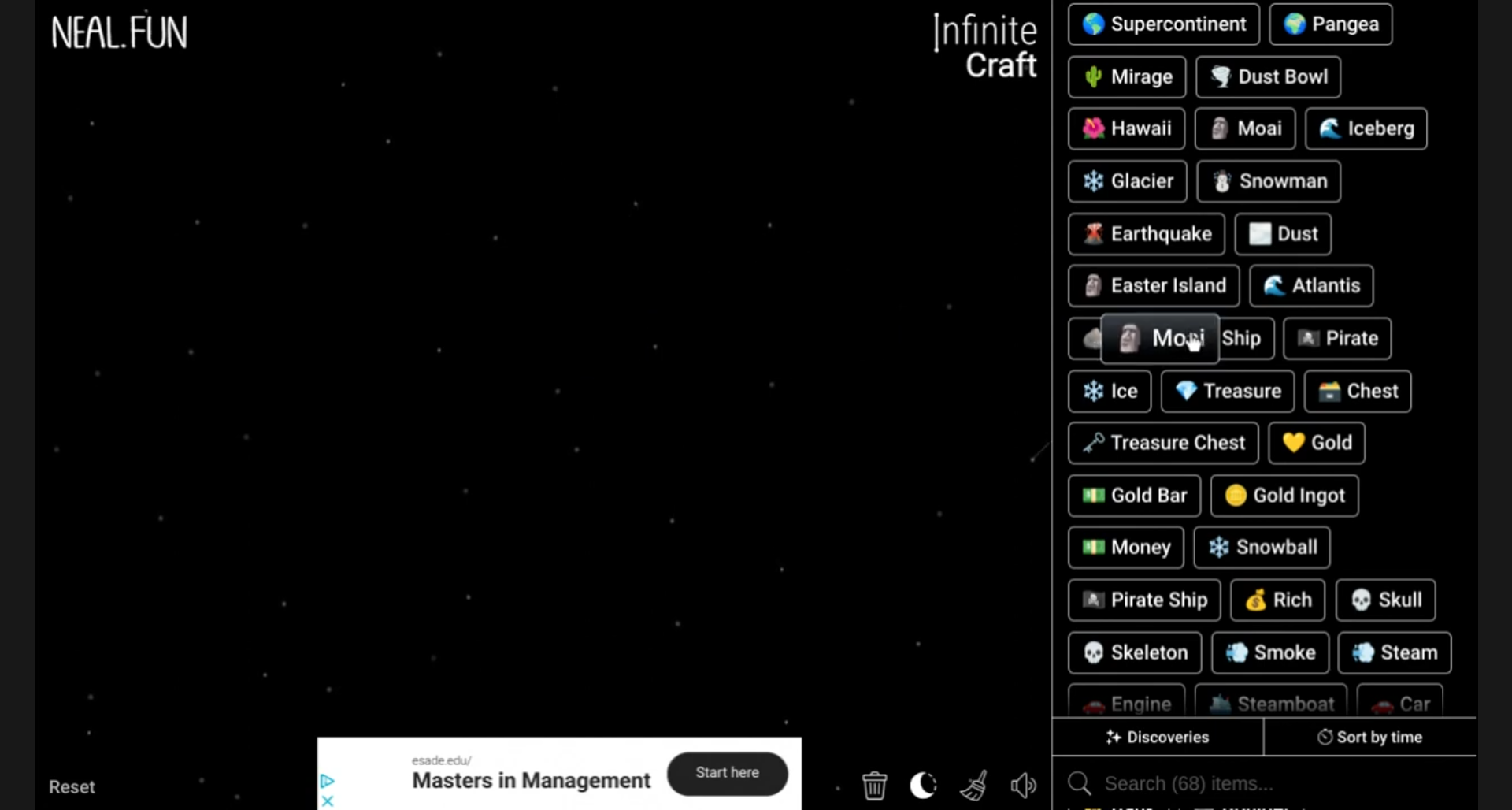Infinite Craft is an innovative platform that provides aspiring artists with the tools and resources necessary to create stunning manga. As a vital medium of digital storytelling, manga captivates audiences globally through its unique art styles and compelling narratives. In this article, we will explore how to make manga in Infinite Craft, guiding you through the entire process from concept development to publishing, ensuring you gain the skills needed to bring your manga to life.
Getting Started with Infinite Craft
Setting Up Your Account
To begin your journey of how to make manga in Infinite Craft, the first step is creating an account. Follow these steps:
- Visit the Infinite Craft website.
- Click the “Sign Up” button located at the top right corner.
- Fill in your details, including email and password.
- Choose a username that reflects your manga theme, ensuring it is memorable.
- Confirm your email address to activate your account.
Choosing a username that resonates with your artistic vision can help you connect with others in the community.
Familiarizing Yourself with the Interface
Once your account is set up, it’s crucial to navigate the Infinite Craft interface effectively. Key features you’ll encounter include:
- Canvas Tools: Where you create art.
- Character Creator: Design your characters easily.
- Storyboard Feature: Organize your manga layout.
Understanding these tools will enhance your ability to execute your vision seamlessly. Take some time to explore the workspace to know where everything is located.
Planning Your Manga
Developing Your Storyline
The foundation of any great manga lies in a solid plot. Begin by brainstorming ideas using techniques like:
- Mind Mapping: Visualize your thoughts by creating a diagram.
- Outlining: Structure your plot by detailing the beginning, middle, and end.
A well-structured narrative is crucial for keeping readers engaged throughout the story. Consider incorporating twists and character development to enrich the plot.
Character Design
Creating characters that resonate with your audience is essential. Follow these steps:
- Sketch Initial Concepts: Experiment with different designs and poses to find what works.
- Choose Colors and Styles: Select palettes that reflect the character’s personality.
After designing visuals, writing character backstories can provide depth, helping you connect the characters to the audience.
World-Building
Crafting a vivid world enhances your story’s immersion. Consider:
- Drawing Maps: Visual aids can help readers understand the setting.
- Establishing Rules: Be consistent with the laws of your universe, whether magical or realistic.
World-building creates a backdrop for your manga, allowing readers to escape into your imagined universe.
Designing Your Manga
Choosing the Right Art Style
There are various manga art styles to choose from. Some popular styles include:
- Shonen: Action-oriented, appealing to younger males.
- Shojo: Romantic themes targeted at younger females.
- Seinen: Mature themes aimed at adult audiences.
Determining which style fits your story will influence how your audience perceives it, making this choice impactful.
Drawing Panels and Layouts
Understanding manga paneling techniques is crucial for effective storytelling. Consider these tips:
- Using the Rule of Thirds: This classic composition technique helps create visually appealing layouts.
- Breaking the Grid: For dynamic scenes, experiment with layout to add excitement.
The layout can significantly affect the pacing and emotion conveyed in your manga.
Adding Visual Effects
Tones and textures are pivotal in creating an impactful manga. Focus on:
- Creating Backgrounds: These set the mood and context for scenes.
- Adding Action Lines: Use these to depict movement and intensity.
Total immersion for your readers hinges on how well you utilize visuals to support the narrative.
Writing the Script
Dialogue and Scripting Techniques

Engaging dialogue is vital for character development. Here are tips to enhance your conversations:
- Respect Natural Speech: Listen to how people conversate for realistic dialogue.
- Balance Text with Visuals: Ensure that dialogues do not overwhelm the artwork.
This balance ensures that both the text and visuals complement each other, creating a fluid reading experience.
Captioning and Narration
Incorporating narration can guide readers through your story. Tips include:
- Using Captions Wisely: Ensure captions add value and do not clutter the page.
- Enhancing Visual Storytelling: Use narrations to deepen the reader’s understanding of the plot.
Effective narration intertwines with visuals to create a cohesive narrative.
Finalizing Your Manga
Editing and Revising
The editing process is where your manga truly shapes up. Focus on:
- Self-Editing: Take a break, then return to your work with fresh eyes.
- Seeking Feedback: Share your work with peers or an online community for constructive criticism.

Look out for common mistakes such as pacing issues or character inconsistencies during this stage.
Exporting Your Manga
Once your manga is edited, it’s time to export. Follow these steps:
- Choose suitable file formats (e.g., PNG, JPEG).
- Navigate to the export settings in Infinite Craft.
- Save your completed project.
Sharing your manga on social media and online platforms can help jumpstart your audience engagement.

Publishing Your Manga
Exploring Publishing Options
There are multiple avenues for publishing your work:
Digital Platforms: Consider sites like Webtoon or Tapas.
Print Media: Look into self-publishing options or submitting to publishers.
Research and reach out to publishers or consider self-publishing to get your manga into readers’ hands.
Marketing Your Manga
Now that your manga is ready for release, it’s time for promotion. Consider these strategies:
- Utilizing Social Media: Share artwork and behind-the-scenes content to build anticipation.
- Engaging with Your Audience: Create polls, host Q&As, and respond to feedback to foster community.
A strong marketing strategy can elevate your manga’s visibility and attract a dedicated readership.
Summary of Key Points
| Steps | Description |
|---|---|
| Account Setup | Create an account on Infinite Craft and choose a creative username. |
| Story Planning | Develop your plot, character designs, and world-building. |
| Design | Select an art style, create layouts, and add visual effects. |
| Writing | Craft engaging dialogue and narrations. |
| Finalization | Edit, export, and prepare for publishing. |
| Publishing | Explore options and market your manga. |
FAQ Section
- What is Infinite Craft? Infinite Craft is an interactive platform designed for creating various forms of art, including manga.
- Do I need previous drawing experience to use Infinite Craft? Not necessarily. Infinite Craft has tools that can assist beginners, but practice is key.
- Can I collaborate with others on Infinite Craft? Yes, you can share your projects and collaborate with other users in the community.
- What art styles are popular in manga? Some popular styles include Shonen, Shojo, and Seinen, each catering to different demographics.
- How can I get feedback on my manga? Share your work on platforms such as Reddit, DeviantArt, or specific manga forums to receive constructive criticism.
- Are there costs associated with publishing? Costs can vary; digital platforms may be free to publish on, but print media typically requires an investment.
Final Thoughts
Creating manga can be a fulfilling creative outlet, and mastering how to make manga in Infinite Craft opens a world of opportunities for artistic expression. The journey might seem daunting initially, but with persistence and a willingness to learn, you’ll soon find yourself immersed in the exciting world of manga creation. Join online communities for encouragement and inspiration, and always remember that every artist starts small!